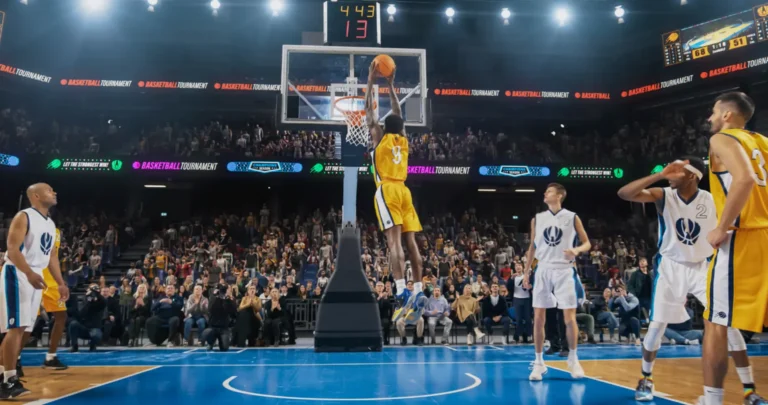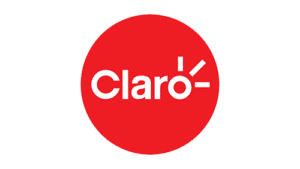Filter By:
Results: 232
-
 Case Studies
Case StudiesSecuring Content Delivery across Paris 2024 for France Télévisions, the Leading Public Service Broadcaster in France
-
 Blog
BlogScaling Smarter: Partnerships that Drive Real Change
-
 Factsheet
FactsheetOpenTV ENTera. Managing Complexity.Redefining Consumer Engagement (Português)
-
 Factsheet
FactsheetOpenTV ENTera. Managing Complexity.Redefining Consumer Engagement (Español)
-
 Blog
BlogStreaming Ahead with Synergy: Insights from Connected TV World Summit
-
 Case Studies
Case StudiesbeIN SPORTS and NAGRA Partnership Targets Pay-TV and Streaming Piracy in Mena
-
 Case Studies
Case StudiesEventive Sets New Standard for Virtual Cinema and Film Festival Experiences
-
 Case Studies
Case StudiesRAI Protects Streaming Content & Related Advertising Revenue
-
 Case Studies
Case StudiesSK Broadband Secures Premium Content on IPTV Set-Top Boxes
-
 Blog
BlogLeading A New Era of Entertainment with OpenTV ENTera
-
 Factsheet
FactsheetOpenTV ENTera. Managing Complexity.Redefining Consumer Engagement
-
 Blog
BlogCES 2025: Kicking Off the Year by Diving Into The Latest Innovations

















